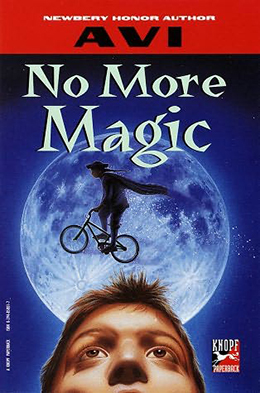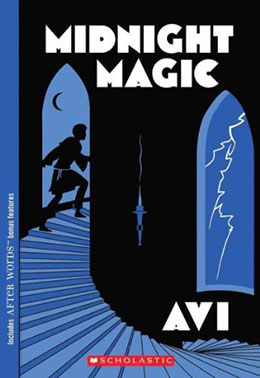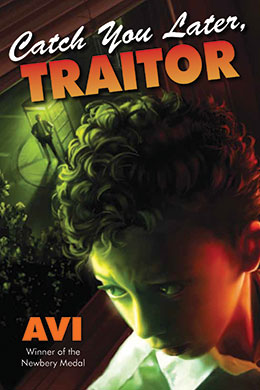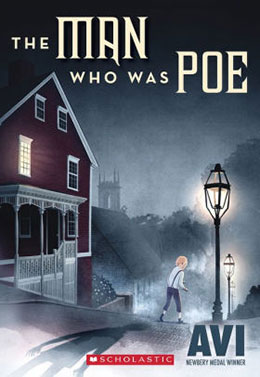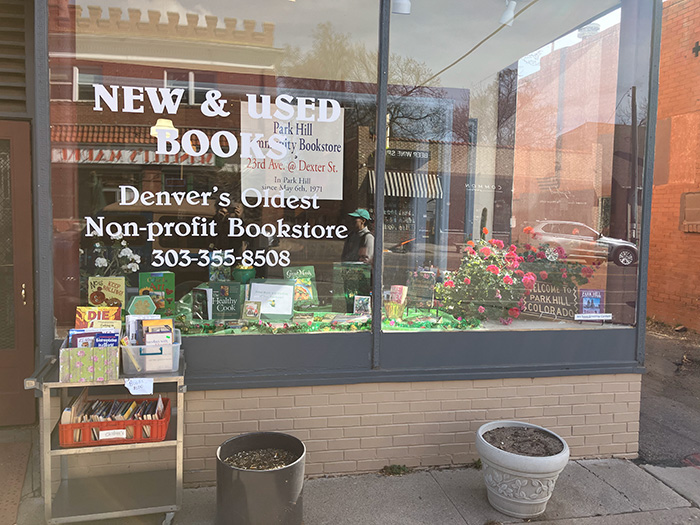
Right next to the Denver, Colorado neighborhood where I spend winters — escaping the snow that buries our mountain home — there is an unusual bookstore. Rather small and not too well lit, with steep stairways, the Park Hill Bookstore advertises itself as “Denver’s Oldest Non-profit Bookstore.” It’s run entirely by volunteers, and its whole inventory of books is donated by the community. All kinds of books are to be found there. Arranged by category, there are novels, cookbooks, children’s books, titles about Colorado and the West, biographies, and so forth. It’s open six days a week.
I, like many others, am a member, which means I pay a modest annual fee. That allows me, on any given Friday, to bring in a few volumes I no longer want. In return, I am given credit, which allows me to pick a few books of my own choosing. If they are not rare books or don’t have some notable aspect to them, my choices are free. Today I brought in three books and brought one home, a soup cookbook.
The neighborhood is called Park Hill, which, to my eyes, is an upscale, middle-class neighborhood, with attractive architecture, trees, coffee shops, and the normal variety of shops you might expect to find in such an area. It seems very peaceful.
There are always kids about, on their own or with, I presume, parents. Indeed, the Park Hill Elementary School, with its hundred-year-old building, is one of the nicest schools I’ve ever visited. I love going there. The teachers are relaxed and happy. So are the kids.
In short, Park Hill always strikes me as a nice, peaceful community. However, since all the books in the bookstore must reflect the reading habits and interests of its local citizens — remember, they are all donated — it fascinates me that the largest category of books to be found there is mystery and detective fiction. Crime.
The Oxford Unabridged Dictionary tells us that the first use of the English word “detective” appears (in 1843) in something called the Chamber’s Journal. To quote: “Intelligent men have been recently selected to form a body called the ‘detective police’ … at times, the detective policeman attires himself in the dress of ordinary individuals.”
Note “intelligent.” And “ordinary individuals.”
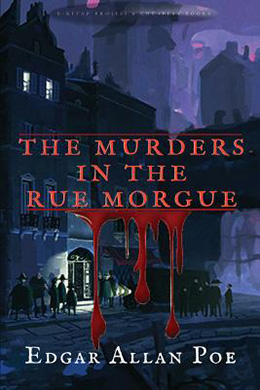
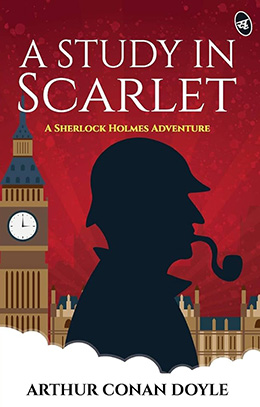
There is a history of crime fiction. Depending on how you define it, there are some fairly ancient examples. That said, English-language detective literature — as a genre — is considered to have begun in 1841 with the American publication of Edgar Allen Poe’s “The Murders in the Rue Morgue.” There you will find the first fictional detective, the brilliant Auguste Dupin.
The most famous fictional detective is, of course, Sherlock Holmes, given to us by the British writer Conan Doyle in 1887, with A Study in Scarlet.
There are many kinds of detective fiction: cozy, noir, procedural, historical, and children’s mysteries. The list goes on. Indeed, I’ve written a few myself. My first novel, No More Magic, is a mystery. So is Midnight Magic. My favorite is Catch You Later, Traitor. The True Confessions of Charlotte Doyle came about because I wrote The Man Who Was Poe.
But my question today is, why is this form of fiction so widely popular? It’s read by an extraordinary range of people. It’s said that two billion copies of Agatha Christie books have been sold! What emotional, intellectual need does detective fiction satisfy?
You can find a variety of answers to that question. I won’t presume to offer a definitive response. My own favorite notion is that the crime is usually depicted as cruel, chaotic, and on the surface, illogical, and therefore in need of solving and controlling. The notion that this can be done by rational, non-violent thought is deeply reassuring to “intelligent, ordinary individuals.”
Consider our times. Chaotic, cruel, illogical, violent.
Is Sherlock Holmes running for office? He’d get my vote.
